Drink plenty of water is super - especially in summer. There's just one problem: the plastic bottle. In Germany, 11.5 billion liters of bottled water from plastic bottles drunk - enough to fill the Berlin Olympic Stadium 9 times over. In terms of per capita consumption, we rank 4th in the world after Mexico, Thailand and Italy with 142 liters. And this despite the fact that we have access to clean Tap water have and everywhere Drink tap water can. Although water bottled in plastic is 250 times more expensive than tap water and even proven to taste worse, we keep reaching for water from plastic bottles in the supermarket. Why tap water is the perfect alternative to plastic bottles and water from plastic bottles is simply representative of an ingenious marketing trick, you will find out in today's article. But today we also clarify one question in particular: Why is something packaged in plastic, which we also get for free and plastic-free from the tap?
The origin of water from plastic bottles (PET bottles)
11.5 billion liters of water are now drunk from filled plastic bottles in Germany every year. The rise of bottled water began in the 1970s. More precisely, when the first PET bottle was patented by chemist Nathaniel Wyeth. PET bottles are containers made of polyethylene terephthalate, which is produced by thermal processes from PET blanks. They are suitable for all kinds of beverages, whether water or soft drinks, sparkling or non-sparkling. When Coca Cola introduced the 2-liter bottle in 1978, the PET bottle launched its career worldwide. In 1987, it also reached Germany. In Germany, where the deposit system now also takes plastic bottles into account, there are reusable PET bottles as well as disposable ones. The latter are thicker and more stable and thus only have to be replaced after about 20-25 returns.
Is mineral water from plastic bottles better and healthier?
No. In Germany, we are fortunate that almost without exception we can drink our water from the tap without hesitation. The drinking water is good and tasty, which is unfortunately not always the case in other countries. Without good reason, we spend money on water - though there are all sorts of good reasons to stop consuming bottled water. Manufacturers would have us believe that their water is healthier. In Germany, however, tap water is more strictly controlled than bottled water and is therefore of higher quality. The control takes place at the moment when the water flows from the tap into the glass. With bottled water, on the other hand, it takes place before it is filled into the bottle. Thus, any pollutants that enter the water through the packaging are not taken into account in the quality check. The advertising of bottled water also conveys that the water would taste better. However, blind tests have shown time and again that people cannot taste the difference between bottled water and tap water.
Water in plastic bottles VS tap water
| Water from plastic bottles | Tap water |
| Expensive | Cheap (up to 250 times cheaper) |
| Reusable can be refilled up to 25 times | No heavy transport (environmentally friendly because directly on site) |
| Disposable bottles are directly plastic waste | Free from plasticizers |
| Complete recycling not possible | Self-fillable in glass or stainless steel bottles |
| Plasticizer in plastic bottles are hazardous to health | Available at any time and unlimited |
| Quality control takes place BEFORE filling into plastic bottles | Quality control after the tap water comes out of the tap |
Drink tap water - save money & protect the environment
Another reason against bottled water is the price: While we pay an average of 50ct per liter for bottled water, 1 liter of tap water costs us only 0.2ct. Bottled water is therefore up to 250 times more expensive than tap water. Here I list you again the big Advantages of tap water over bottled water from plastic bottles on:
- Accessible at any time
- No transport effort
- Cheap (up to 250x cheaper)
- Environmentally friendly (e.g. no petroleum & no transport routes necessary)
- German tap water (we do not buy water from Africa!!! (see Nestlé and Co.)
- Refillable free of charge (at home or on the road in cafes (Refill))
- Free of plasticizers (quality control of bottled water always before filling).
- Plasticfree - No plastic waste (especially disposable bottles cause damage)
- Good taste (water from plastic bottles really tastes worse)
- Did I forget something? Feel free to write me a comment
The wallet would be happy. But probably most of all our environment. Plastic bottles are harmful to the environment - really harmful. The production of plastic bottles is based on petroleum. For a 1l bottle 100ml of petroleum are used (see also the article What is plastic?) is needed. That is as much crude oil as is needed for 1 million running cars for one year. Other fossil fuels are also needed: coal and natural gas. In addition, CO2 emissions are emitted during the entire production process. And even until the bottles are on the shelves or on the dining table in the supermarket at home, they also travel an enormous distance. To offset the annual CO2 emissions from the production of PET bottles, we would have to plant an area 100 times the size of Saarland. The following graphic₁ provides a really good overview of the problem with water from plastic bottles.

Water from plastic bottles as a marketing ploy
Why we call water from plastic bottles one of the greatest marketing tricks of the century? On the bottles, idyllic landscape images of green meadows, crystal-clear lakes, or snow-covered mountains entice us. We are happy to pay more for this, because it seems to be environmentally friendly. Yet the opposite is the case and the enormous environmental impact, mainly caused by long transport routes and plastic packaging (petroleum or raw gasoline), goes unmentioned.
Privatization of Drinking Water - How Nestlé Deprives the Needy of Water
For me, Nestlé is one of the most heartless and profit-hungry corporations in the world. This is because Nestlé has seized its great opportunity and bought water rights all over the world, including in regions that are particularly dependent on water. In the meantime, Nestlé makes more than seven billion euros in sales per year through the privatization of water sources. Through water filled in plastic bottles, which is presented as particularly healthy and even environmentally friendly. In Ethiopia and Nigeria Nestlé has also struck. Many nomads lose their herds. People and animals die of thirst because they have lost access to free drinking water. And Nestlé pays $200 for privatizing the drinking water source for about 500,000 tons of water.₂ One more serious reason to leave the plastic bottle and drink tap water regularly. I will write a separate detailed article on the subject of exploitation by Nestlé.
Water from plastic bottles - What happens afterwards?
Worldwide, 1 million plastic bottles are purchased every minute. In Germany, we use 32 million bottles every day. Fortunately, plastic waste in Germany is hardly ever disposed of in landfills or incinerators.
Is recycling really an environmentally friendly solution?
In defense, it could be argued that PET bottles are, after all, deposit bottles and recyclable. That is correct. However, deposit bottles alone unfortunately don't say all that much about the environmental balance of a water bottle. A distinction must be made here between disposable and reusable bottles. PET disposable bottles perform much worse due to mostly longer transport routes and a higher consumption of raw materials. At the same time, sales of refillable bottles are on the decline: today, only 44% of the beverage containers sold in Germany are refillable bottles. By comparison, in 2004 the proportion was still 66%. To the annoyance of Environmentalists. Unfortunately, more money can be made with disposable bottles. The recycled plastic can be resold well. And here's the catch: only 25% of the recycled bottles are used to produce new bottles. The rest is further processed into inferior products, which are then again not always recycled
And despite options for disposal and Recycling many bottles still end up in nature, where they cause enormous damage. In Germany, about one ton of plastic ends up in the sea every minute. Plastic waste in the environment kills more than 1,000,000 marine animals each year and, as a result, has catastrophic consequences for the oceans and unique species.
The three coolest alternatives to the plastic bottle
For the past year, I've been drinking tap water almost exclusively and always have my own water bottle with me, which I can have refilled almost anywhere these days. Here are my three favorites that make my plastic-free everyday life as easy as possible:
Stainless steel bottle from Klean Kanteen with bamboo closure: In the bottle fit 800ml, ideal for traveling. The Drinking bottle is neither too big nor too small. The water stays cool for quite a long time. Also visually I like this water bottle just really like and with the ring on the lid, it can also be easily strapped to the side of the backpack and consumes no space.
Here you can get the water bottle
Soulbottles glass bottle with swing stopper: The 0.6 liter bottles have so many different designs, you're sure to find the right one. I think that the Soulbottles are a really good, plastic-free alternative to water from plastic bottles. Drinking tap water made easy. Also, because many motifs of the bottles allude to the littering of the oceans.
View and order the Soulbottles here now
Ryaco glass bottle with protective cover: The 550 ml bottle I recommend you especially to be able to drink tap water during sports. The protective cover is especially useful when you want to drink hot drinks. If the glass bottle should ever go to the ground, it is also not quite as quickly broken by the protective cover, as other bottles. Like all other bottles, however, this one is also BPA-free.
Here you can get the bottle now*
Initiatives for less plastic waste from plastic bottles
In Germany, there are already a number of initiatives working to promote tap water. The initiative Refill for example, wants to make tap water accessible on the go. Participating stores and restaurants with Refill stickers fill tap water in water bottles brought along free of charge. The concept is already established in many German cities.
Also the Berlin association a tip:tap is betting everything on tap water. Among other things, he is working on projects to equip schools with their own drinking fountains.
Are we being led around by the nose by manufacturers? Are consumers confused and assume that bottled water is automatic higher quality? It's easy to make your life more sustainable. Check out this new Infographic (seen above) and say you too: No to plastic bottles!
By the way, as I write these lines, next to me is my refillable and always reused glass drinking bottle: With tap water. You too should switch over and drink tap water. I look forward to your comment under this post!
Best regards,

PS.: Read the article Drink plenty of water daily through and learn how to easily meet your daily water requirement no matter where you are.
References:
₁ http://trademachines.de/info/abgefuelltes-wasser
₂ http://www.huffingtonpost.de/2017/06/04/nestle-wasser-ausbeutung_n_16944450.html

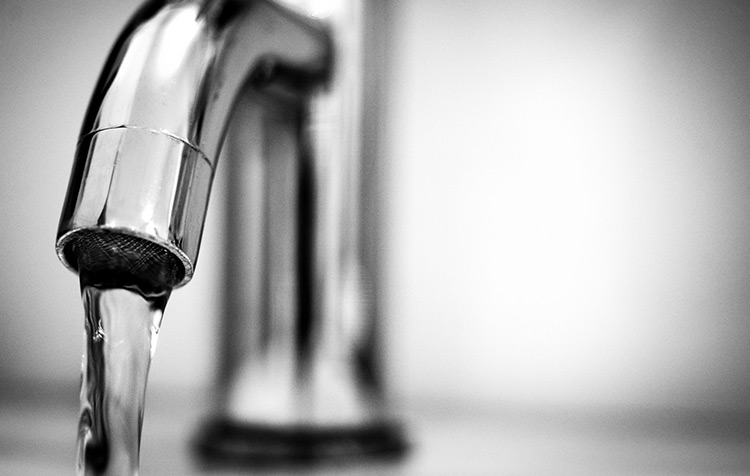
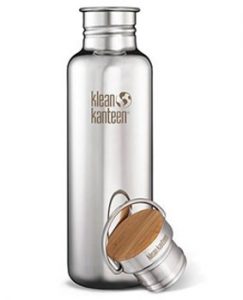
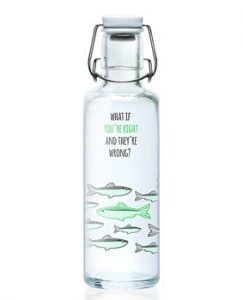
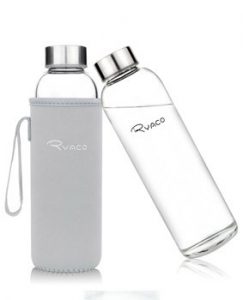

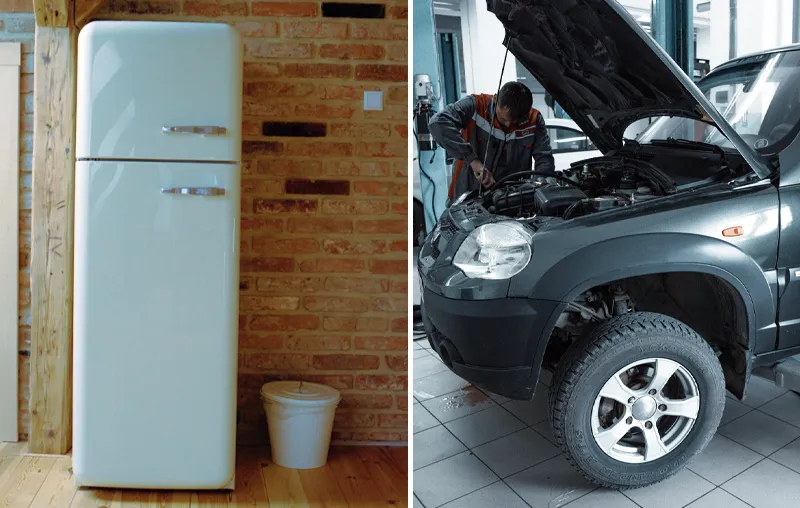
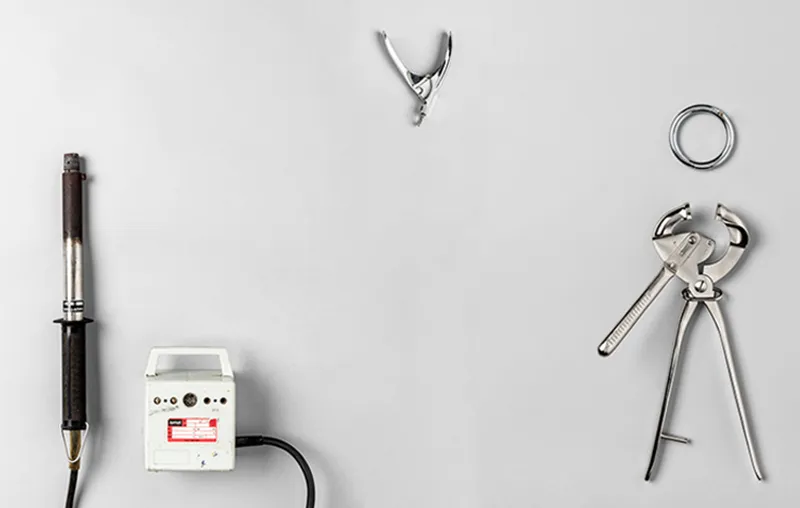


What about minerals like calcium and magnesium? I am not so the fan of cow's milk wg. animal husbandry and so. Mineral water with a lot of calcium is a good alternative in my opinion. I myself drink from glass bottles, which still involves production and transport. But do not think that tap water comes in this point behind.
Hi Denise. That is a very good question. I get calcium and magnesium from my diet and have been fine for years drinking only tap water or still water.
Many greetings,
Christoph
Quote: "Environmentally friendly (e.g., no petroleum & no transportation required)."
The infrastructure and waterworks do not need energy?
Hello Hannes! Yes, but the plants that bring the water into the plastic bottle and mineralize it also or?
Greeting Christoph
The guys and gals from EcoTanka do a great job with their stainless steel bottles, they deserve to be mentioned here as well. We now have a whole family of bottles at home.
Hi Lukas! Yep, I've heard that 😉
Stay clean,
Christoph
Hello Christoph, a very informative article. I also find it totally absurd that many Germans prefer to drink bottled water rather than what comes freely available from the tap. There are always funny prejudices against tap water. For example, my mother recently said that the water at my house was far too chalky to drink. It would be unhealthy. Such nonsense. Lime is only deposited minerals.
However, I found one inconsistency in your post. You write about tap water "The control takes place at the moment when the water flows from the tap into the glass." This is not true. The water companies do not test the water in the households. They test the water BEFORE it goes into the private taps. That can make a significant difference. For example, if you still have old pipes or fixtures, you can easily have water contaminated with heavy metals, even though the supplier says everything is ok. If you drink 'your' tap water, you should at least have an independent laboratory test what really comes out of the tap. There are good offers online.
Vg Christine
Hi Christine!
Thanks for the tip, I'll go through it again in a moment 🙂
Stay clean,
Christoph
Comments are closed.